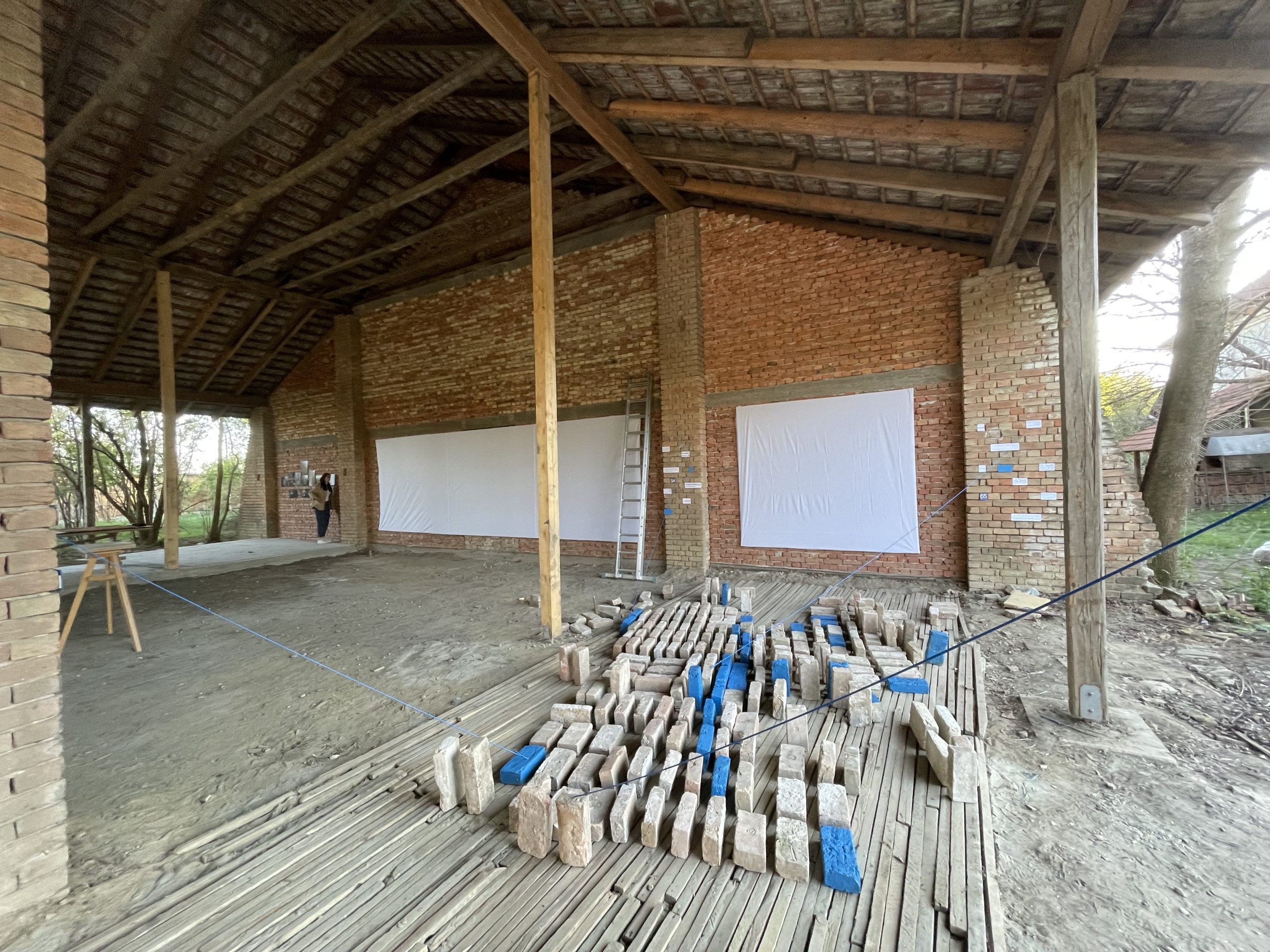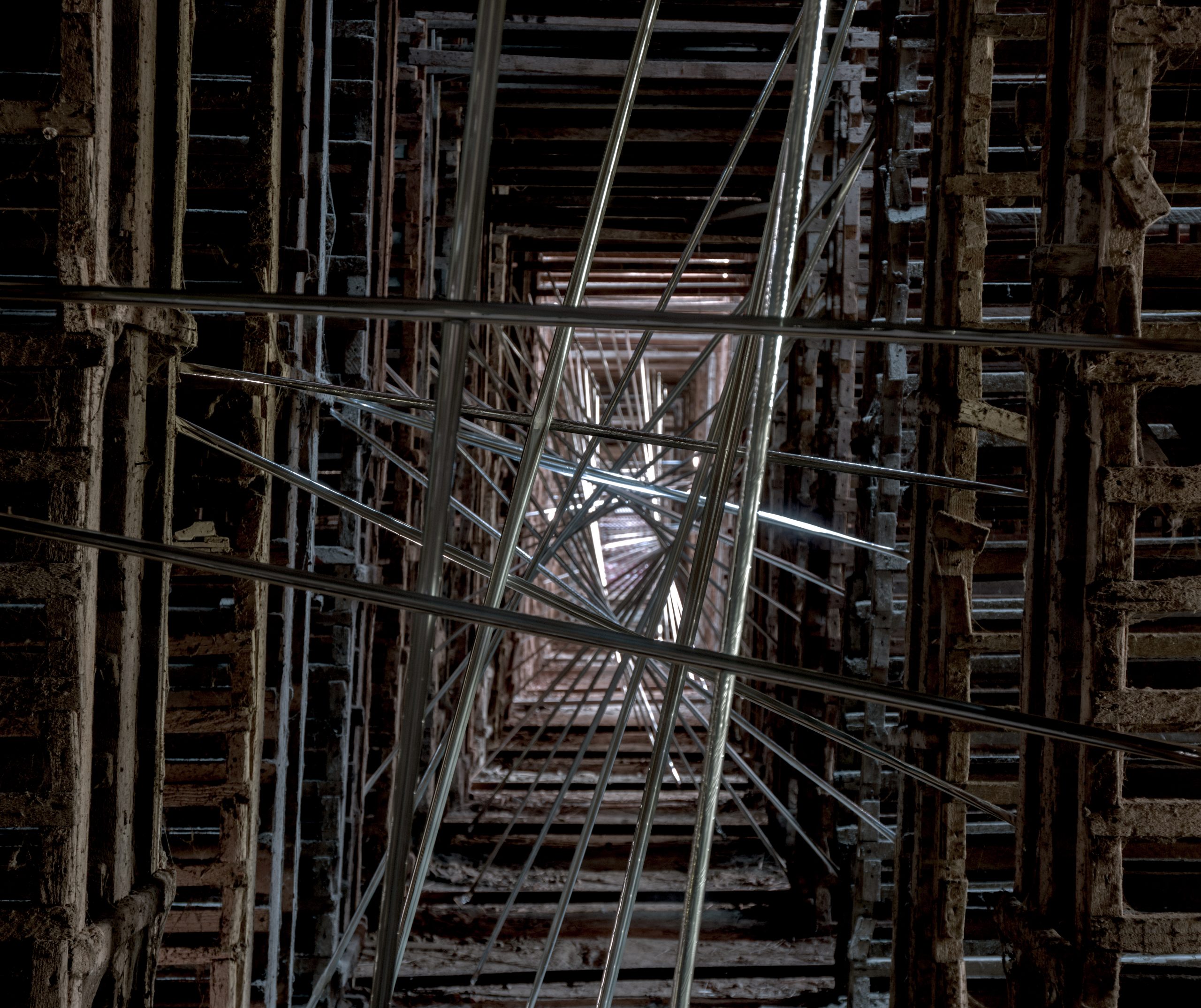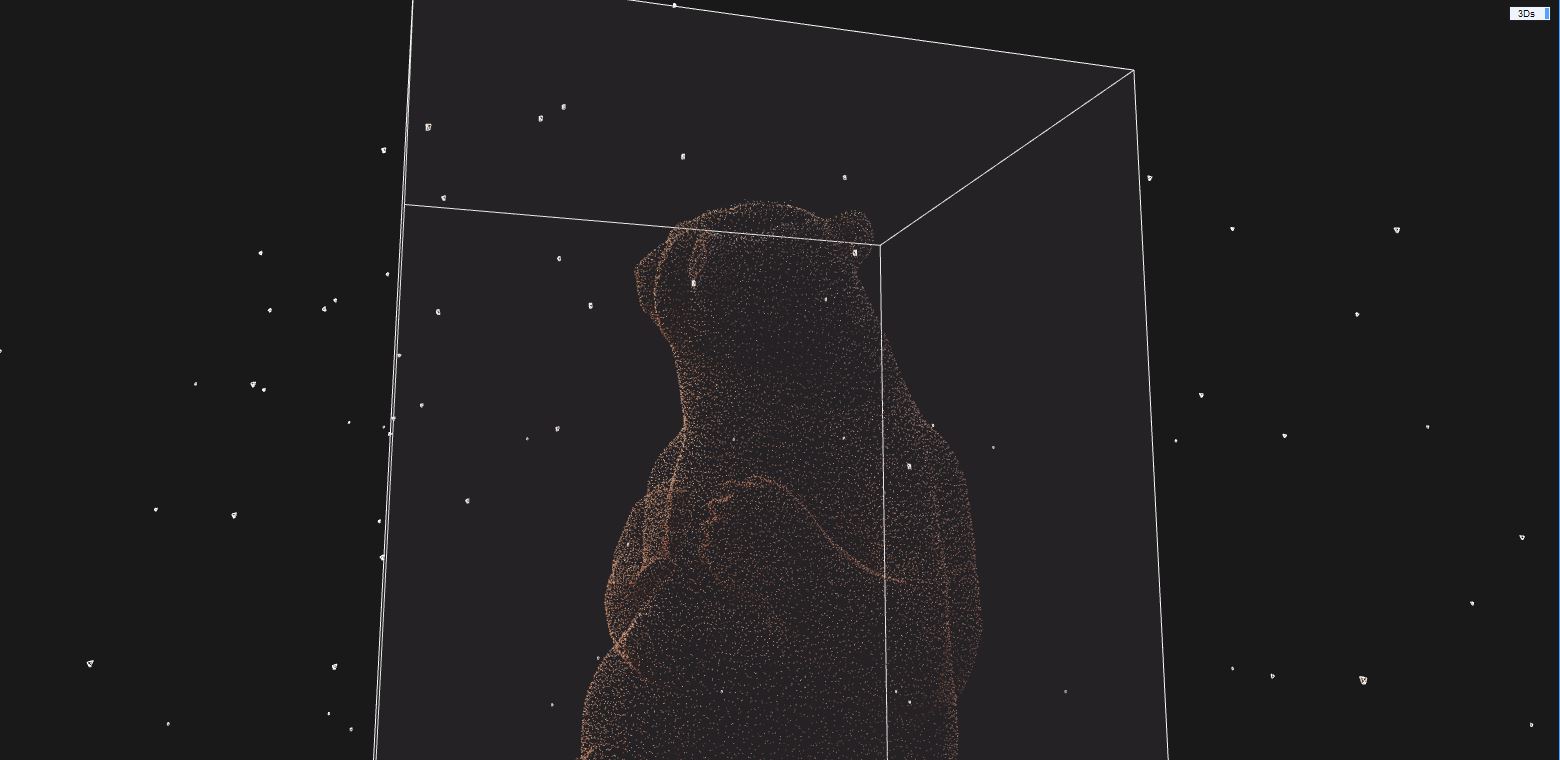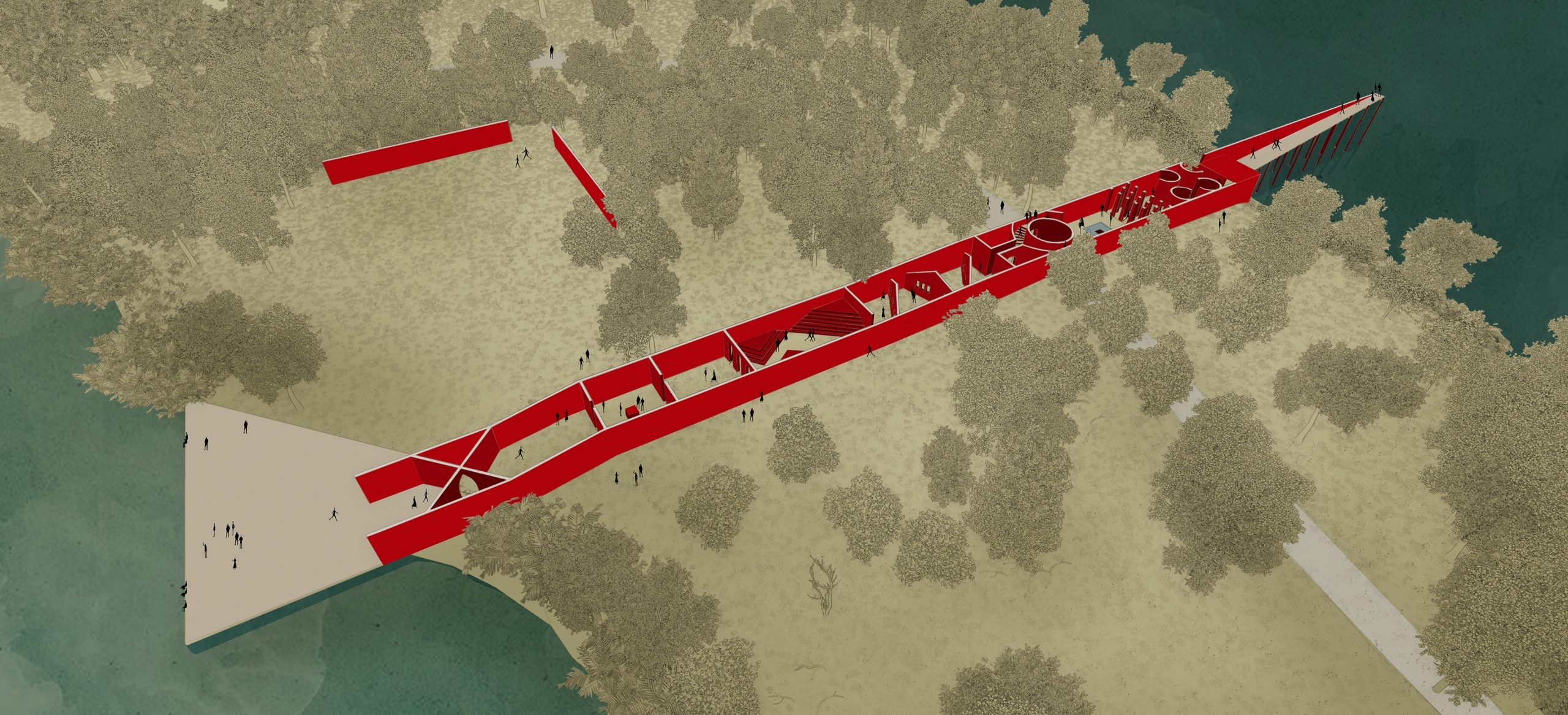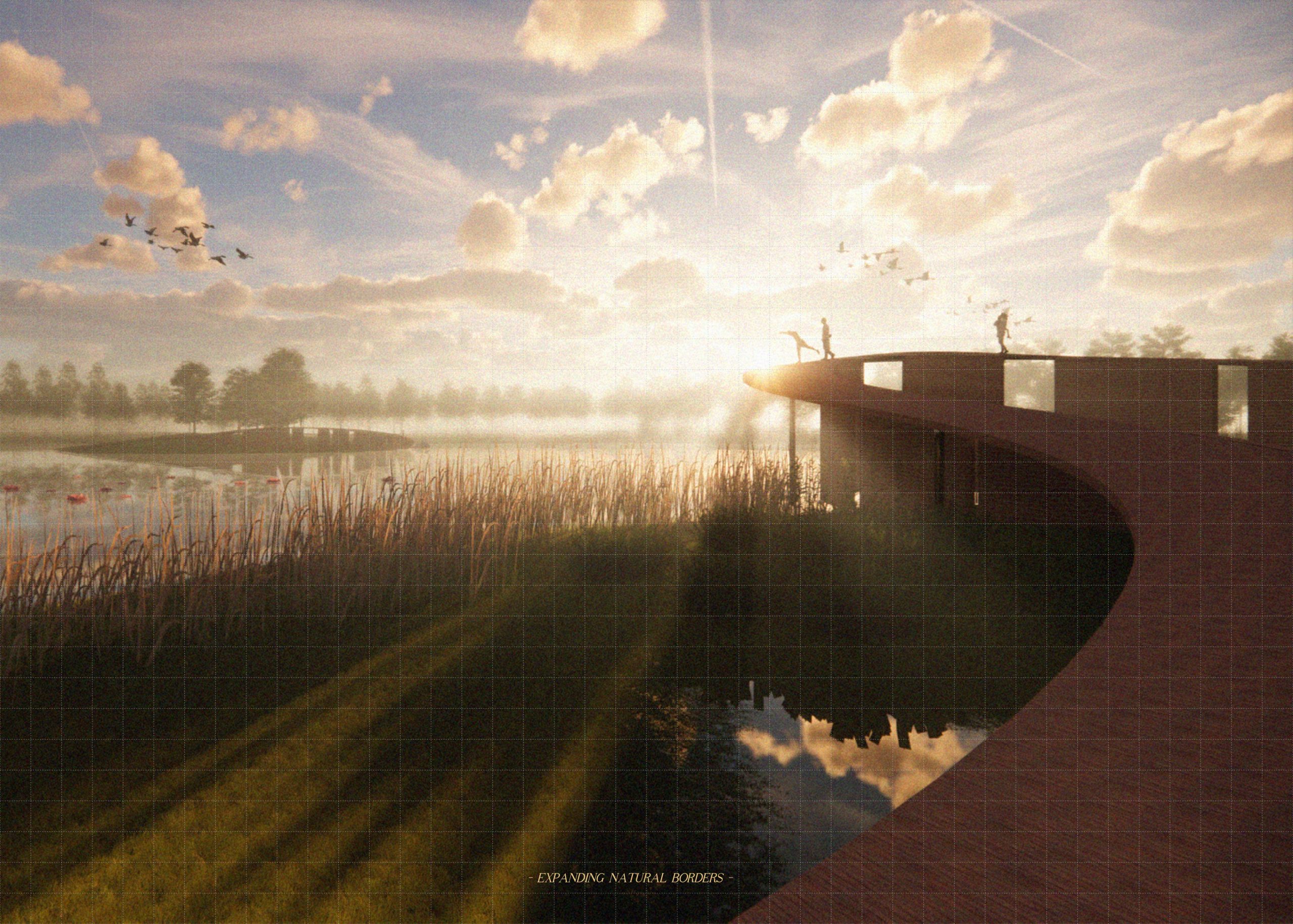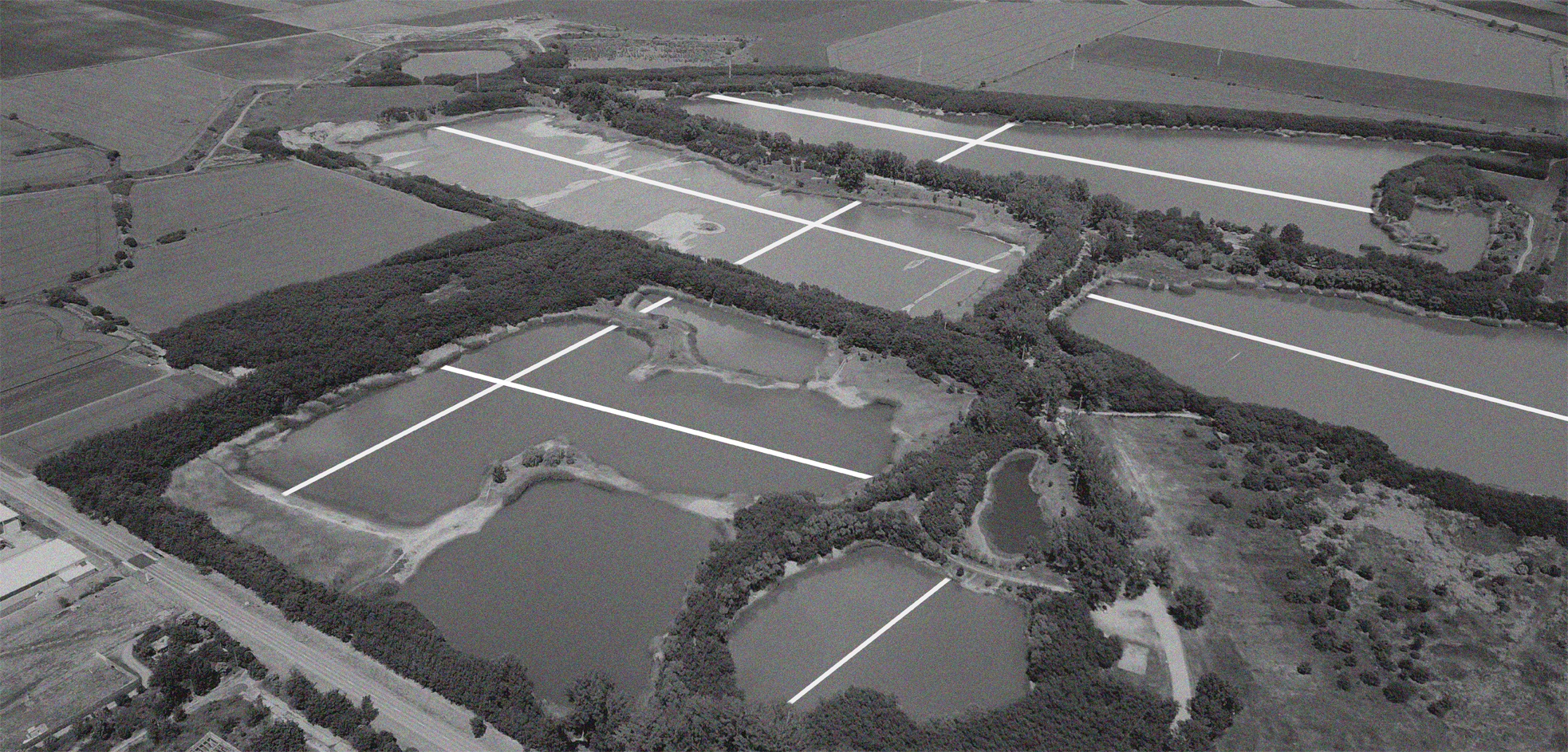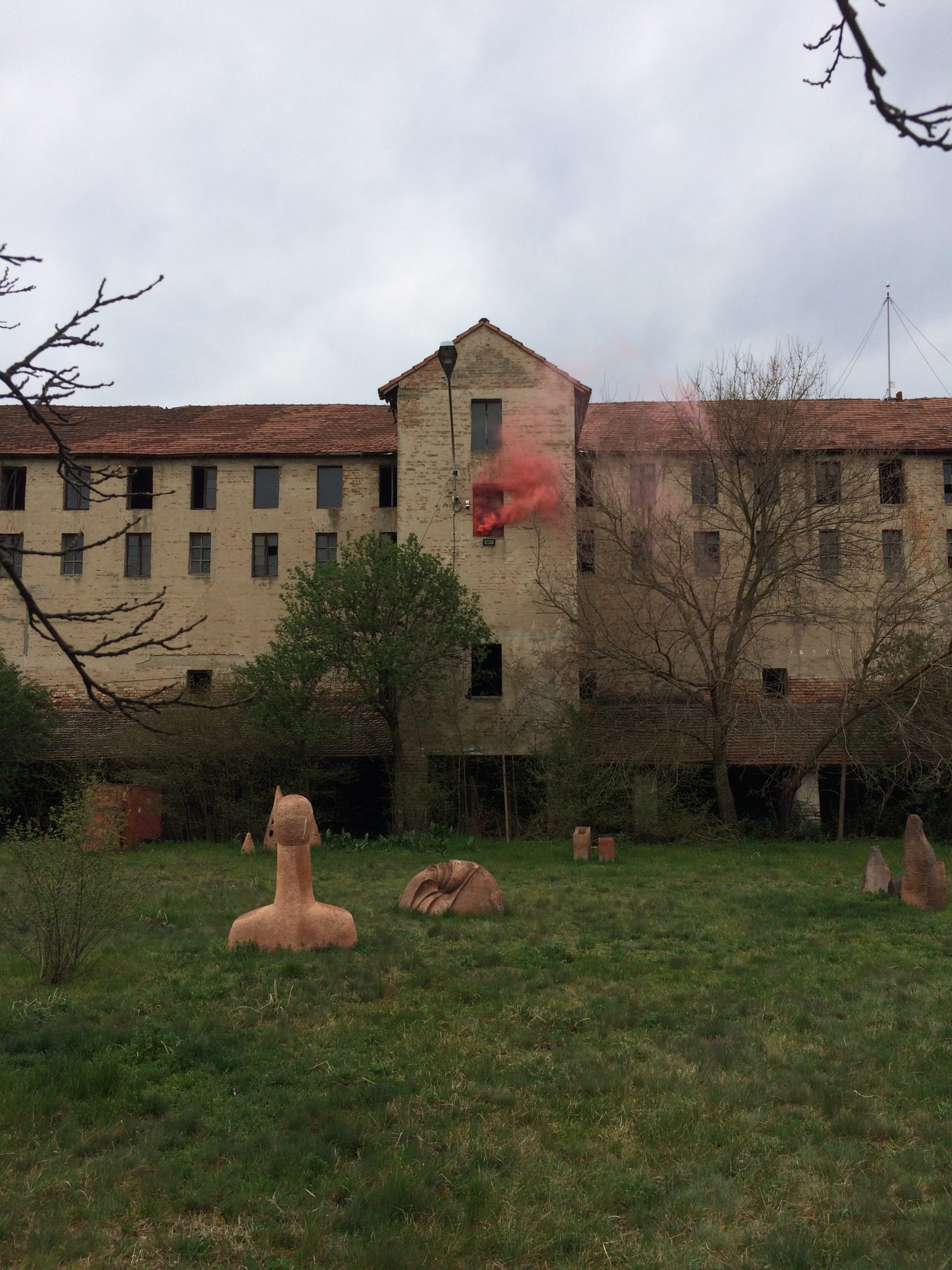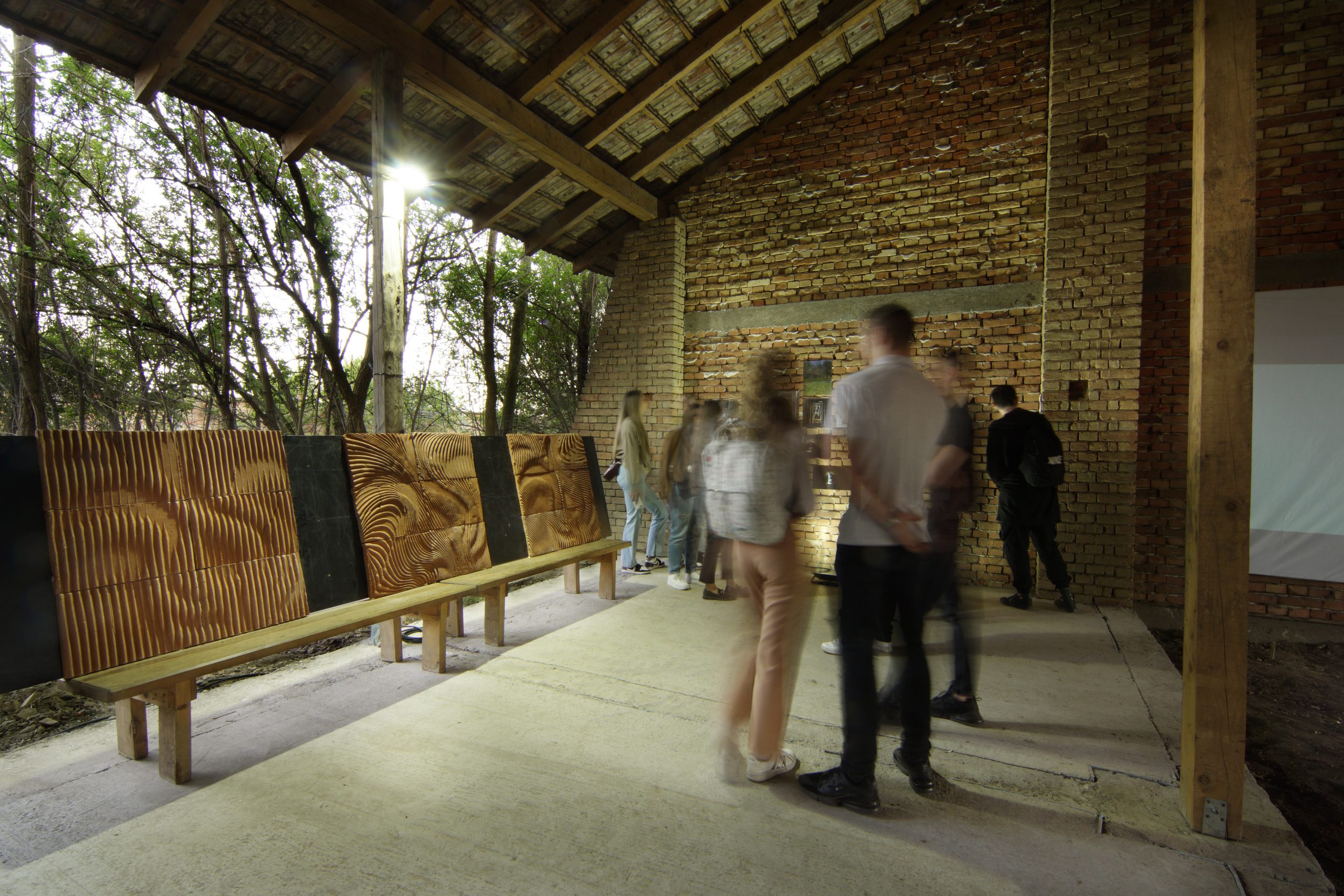CURATING TRIPLEX CONFINIUM. HOW TO BUILD UP AN EXHIBITION
Exhibiting architecture has been a practice used by architects since the beginning of modernity. Lately, it can be considered not only an occasion for displaying end products and bold ideas, but also an appropriate environment and a creative process that allows exploration and learning, questioning, debating within the presence of different levels of encounters between the professionals and the public. The
THE HIDDEEN SPACES
At first glance, a red and white patterned carpet should float along the longitudinal axis of the drying building. At second glance, it should look more like a ramp. Think of Bourgeois and Zumthor's work in Norway, and note: the space has an extraordinary atmosphere. Approach the ramp to find that you have been deceived, someone has altered the quality
DIGITAL MAPPING
The scope of the workshop was to introduce participants to the basics of photogrammetry, while mapping a part of the out-door exhibition of Terra Studio, in Kikinda, Serbia. Students were taken through a crash-course on the different stages of photogrammetric data capture, in order to better understand what the specific challenges for each step are. Photos of ceramic sculptures and
BETWEEN THE LINES
The project proposes a brick line that connects Balta Szeles and Balta Herișanu at the heart of the quarry lakes in Jimbolia. This is a discreet, theoretically minded and historically reflexive intervention into a fragile environment. It responds to the requirements of the competition and it is mindful of the past of the city. The dialectic of memory and erasure
SPEAKING WITH COMMUNITIES
UBB worked alongside UAUIM in the 5th workshop “Curating Triplex Confinium. How to build up an exhibition”, offered for all of the students enrolled at the Kikinda summer school. This workshop intended to explore the making-of of the exhibition dedicated to the dissemination of the experiences from the Triplex Confinium project. In order to do that, the coordinators of the
EXPANDING NATURAL BORDERS
”Expanding Natural Borders” belongs to that group of entries which placed their ideas in a wider context of the man-made, nature-reclaimed hybrid landscape of Jimbolia’s quarry lakes. Declaring the entire lake area as zone of their interventions, the project – almost alone among all competitors – paid attention also to the margins of the site, dealing with connectivity to the
SHIFTING PERCEPTION
The project entitled ‘Shifting Perception’ is an entry highly appreciated by the jury for its thoughtfulness, showing deep connection with the site. The project points out – and draws its concept on – the basic problematic of the current situation: people’s lack of deep relation and understanding of the site. Thus, states that a shift in perception is to be
HERITAGE OF THE BRICK INDUSTRY IN KIKINDA
As we did at the first Triplex Summer School in Jimbolia during the past september of 2021, in Kikinda we also bet to work with the memory and the remains of the built heritage of the town of Kikinda.
THE BORDER THAT CONNECTS
A light intervention, with small constructions inserted at key points in the site, nicely woven with the vegetation. Their concentration on the borders would help bring together the lakes with the rest of the territory, while leaving the heart of the area mostly untouched. History is present in a symbolic way, becoming a resource for the future and a memorable experience.
SAY CLAY
The “Say Clay” workshop represents a continuation of the previous exploration conducted in Jimbolia in the Think Brick workshop. While the focus of the previous workshop was on the application of the finished ceramic module – a brick, which is widely available in the Banat region, the focus of this workshop is placed on making an actual clay product. The





